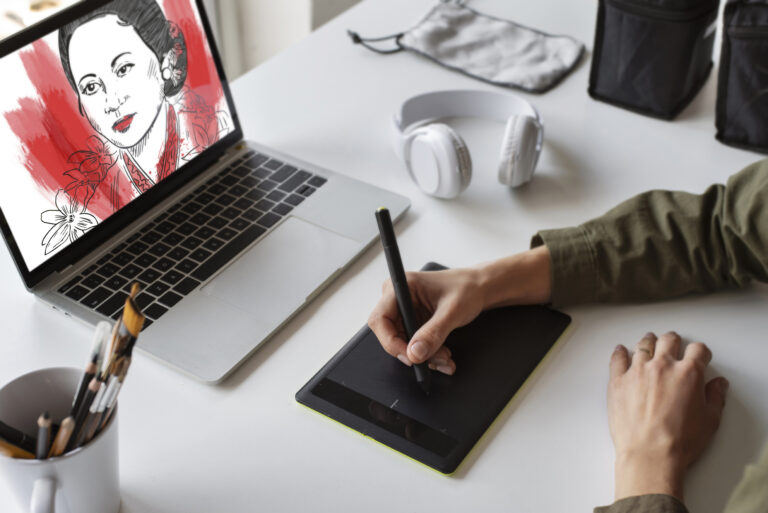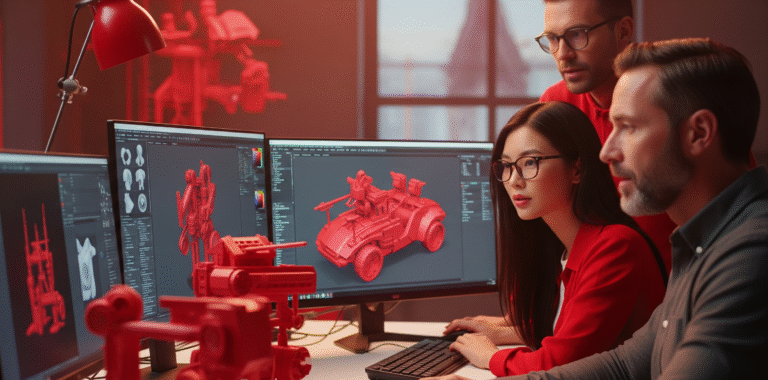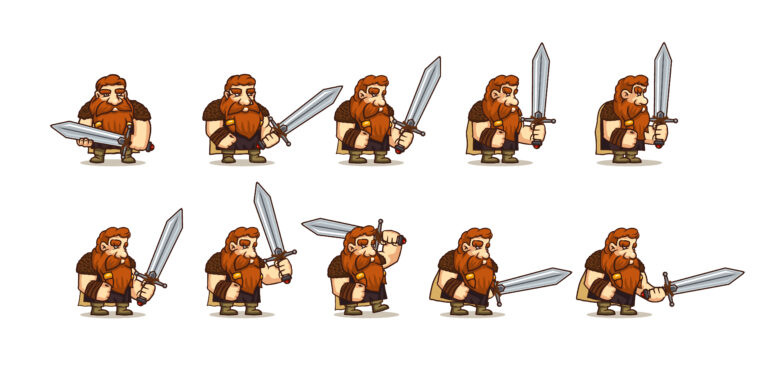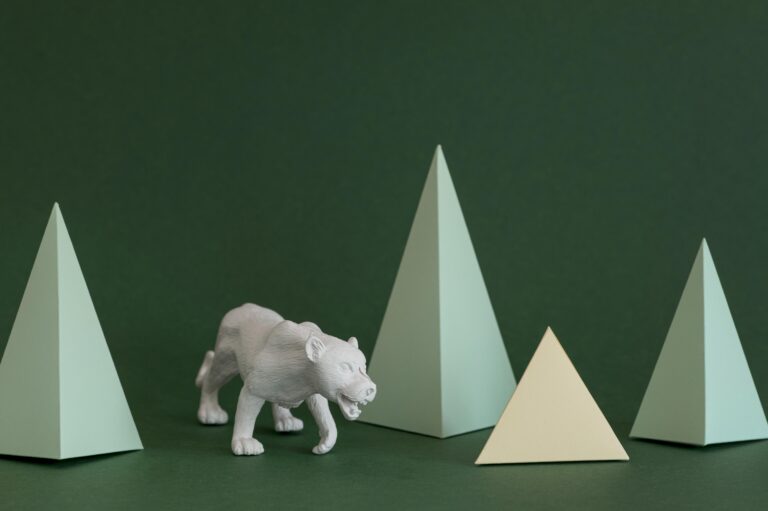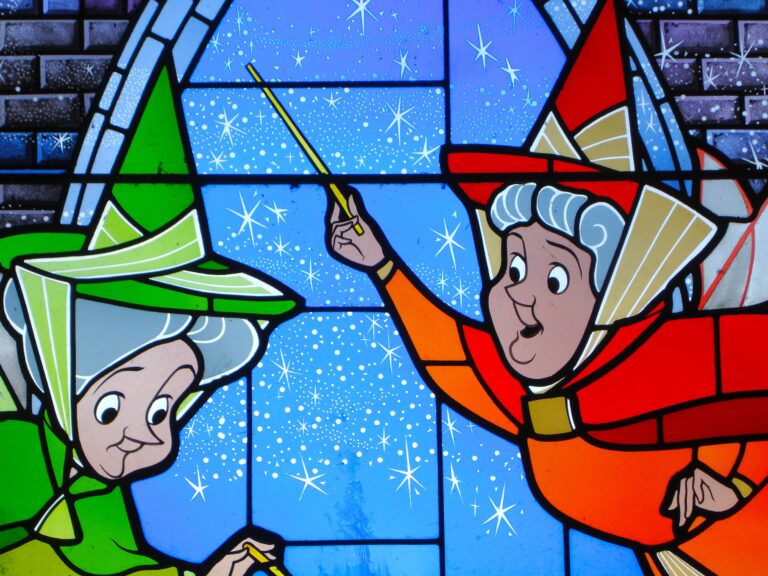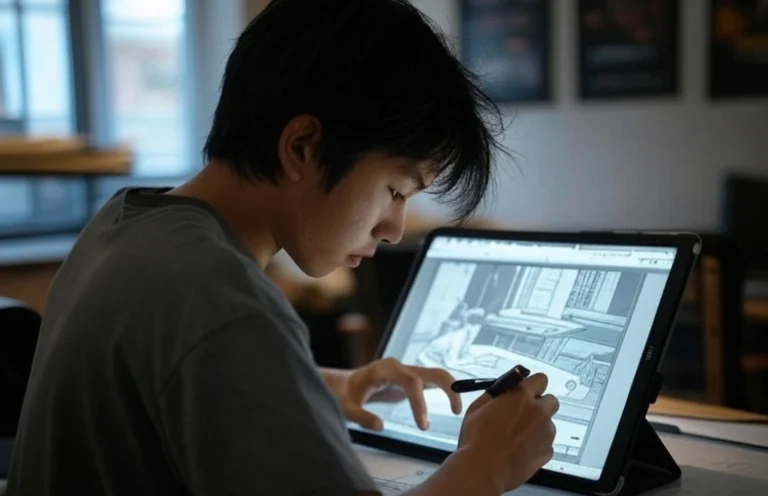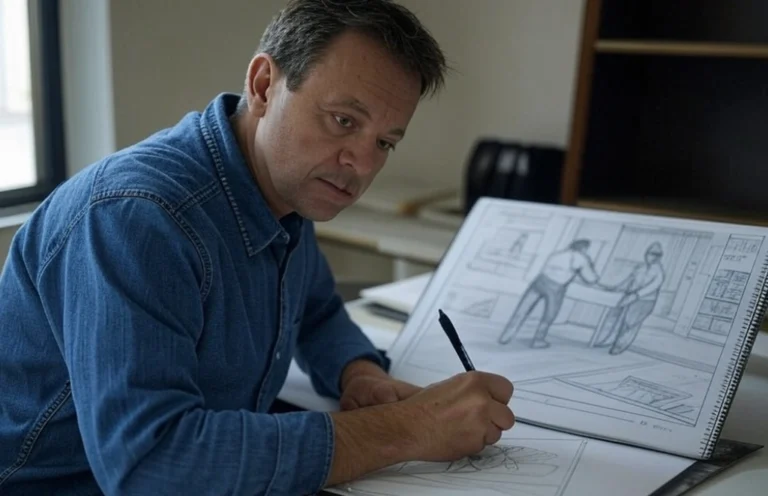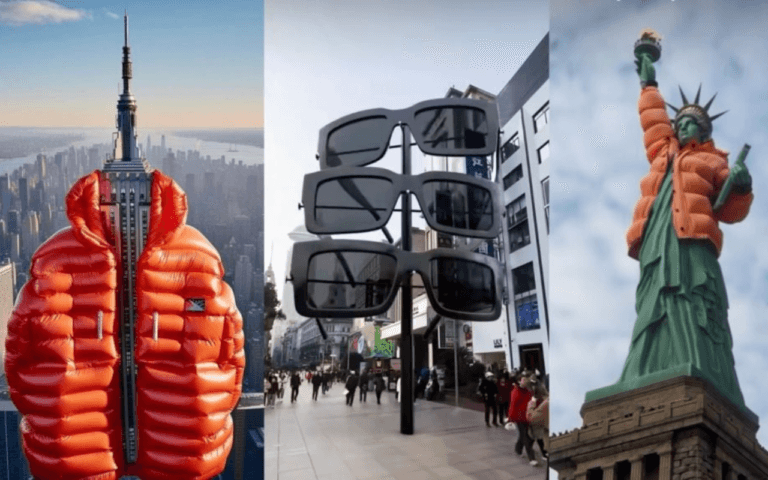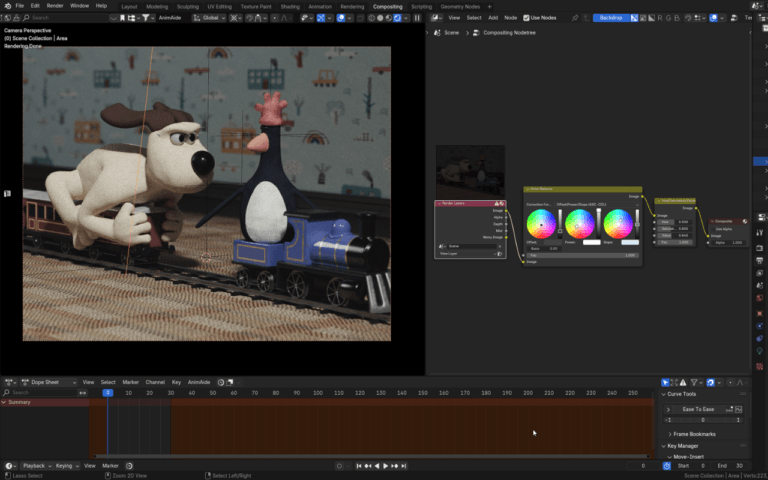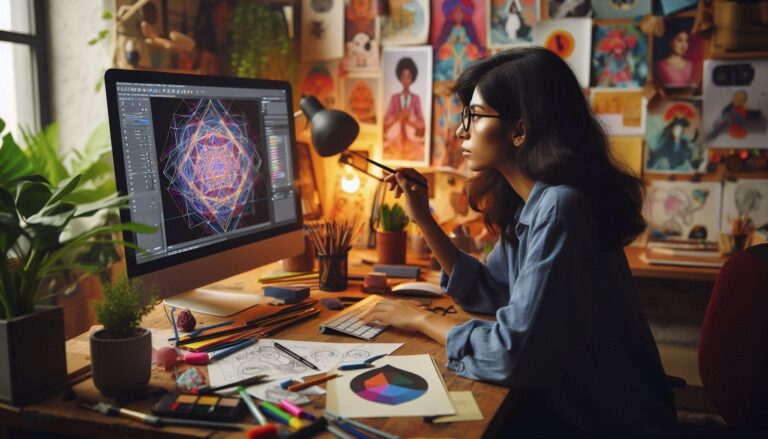Concept art is essential for bringing games, films, and other media projects to life. But the question is how long does concept art take? Creating concept art for characters, environments, and props can take, from 1 day for simple ones to 10 days for more complex ones. Creating compelling visual concepts requires substantial time invested by talented artists. The exact concept art time needed depends on many variables – including complexity, scope, artist skill, style, and communication.
For small concepts, the process can take anywhere from a few hours to a few days. More involved assets can require weeks or even months of work to progress through iterations and revisions. By understanding the key factors that influence concept art time requirements, both artists and clients can better set expectations and plan projects accordingly.


Need Game Art Services?
Visit our Game Art Service page to see how we can help bring your ideas to life!
Character Concept Art Time Estimates
While every project is unique, the following timeline represents a generalized overview of the concept art process for a character design in 2 or 3 variations :
Simple Character Concept Art
- Initial sketches and ideation: 4-8 hours
- Clean concept with front/back views: 8-16 hours
- Additional angles or poses: Add 3-6 hours each
(e.g. cartoon, minimal details)
Simple Character Concept Art
- Research and Sketches: 8-16 hours
- Defined concept with main angles: 16-32 hours
- Additional poses and accessory concepts: Add 8-16 hours per pose/outfit
(e.g. realistic, multiple views)
Complex Character Concept Art
- Sketches and brainstorming: 16-24 hours
- The primary concept with main angles: 32-60 hours
- Further poses, angles, and details: Add 16-24+ hours per extra concept
(e.g. creatures, armored, lots of detail)
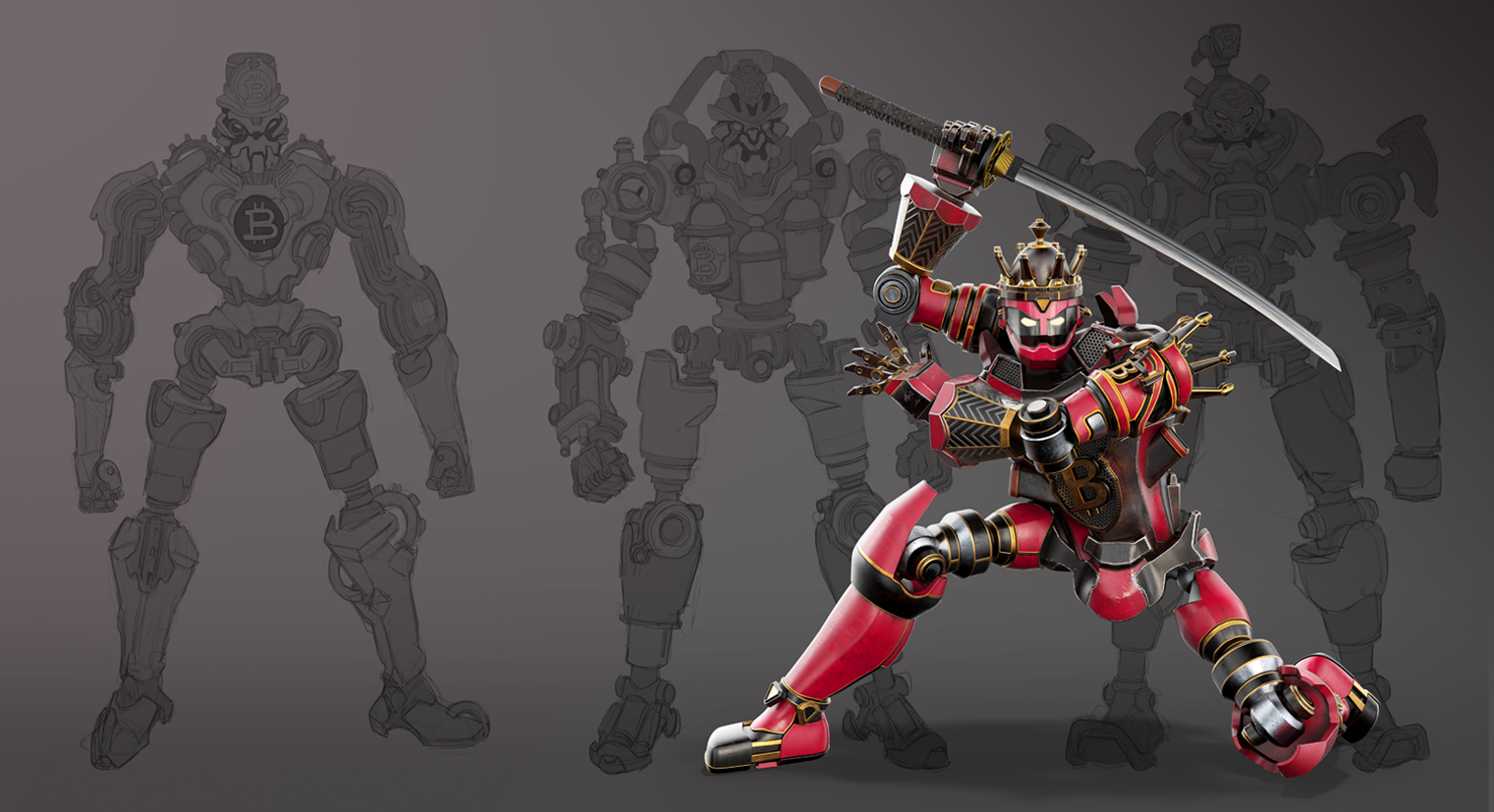
Environment Concept Art Time Estimates
Here are some typical concept art time estimates for creating 2 or 3 variations for environment designs:
Simple Interior Environment Concept Art
- Sketches with perspective: 3-6 hours
- Clean concept: 8-12 hours
- Detailed concept with lighting, and textures: 16-24 hours
(e.g. basic room)
Average Exterior Environment Concept Art
- Sketches and thumbnails: 4-8 hours
- Clean concept with lighting and perspective: 16-24 hours
- Detailed final concept: 32-40 hours
(e.g. street scene)
Complex Exterior Environment Concept Art
- Initial sketches and ideas: 8-12 hours
- Defined concept with composition: 24-32 hours
- Final polished concept: 48-60+ hours
(e.g. expansive landscape)
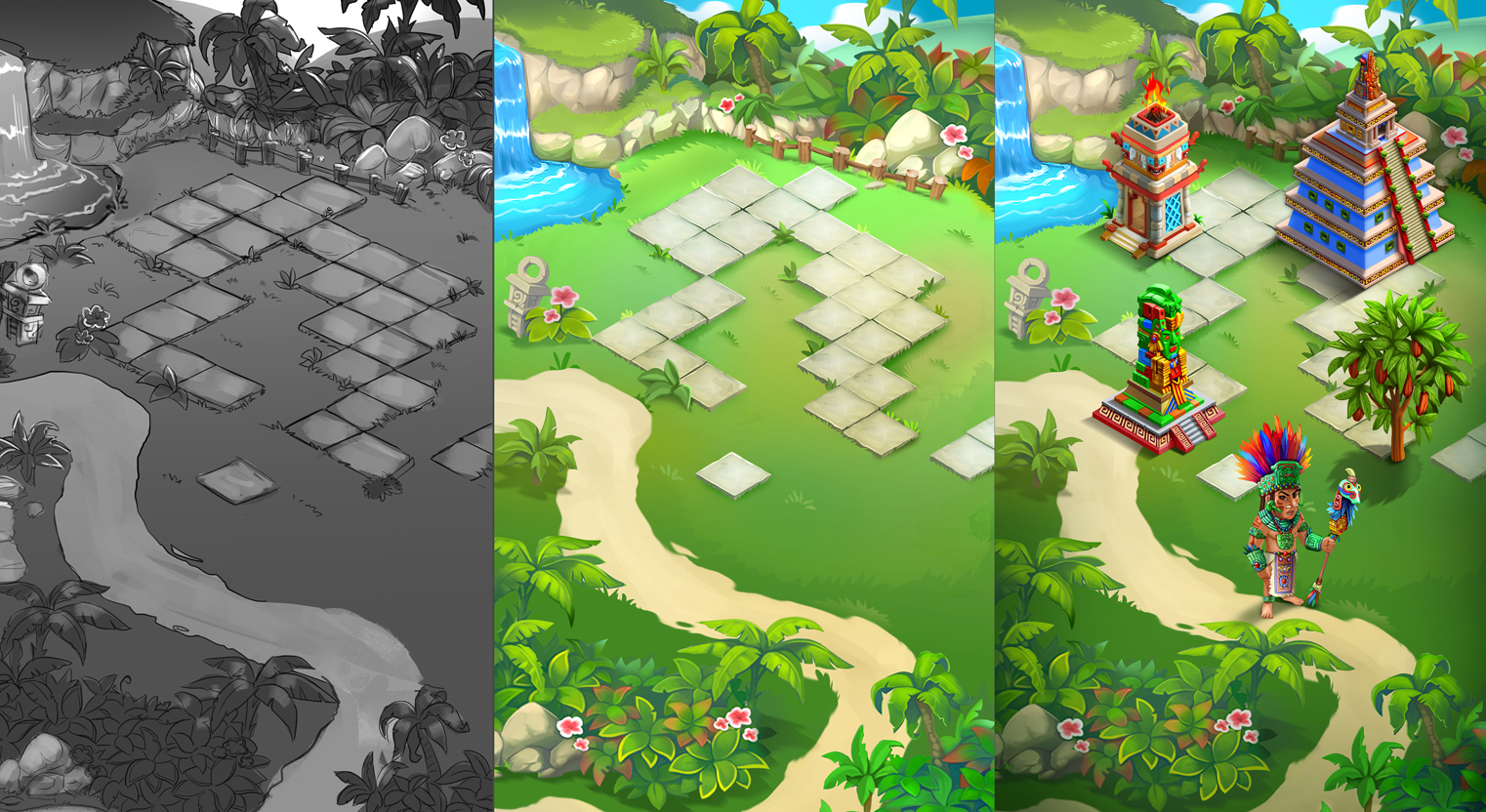
Prop Concept Art Time Estimates
Here are typical concept art time estimates for creating 2 or 3 variations for prop designs:
Simple Prop Concept Art
- Initial sketches: 2-4 hours
- Clean refined concept: 6-10 hours
- Highly rendered concept: 12-16 hours
(e.g. handheld gadget)
Complex Prop Concept Art
- Ideation sketches: 4-8 hours
- Defined concept with views: 16-24 hours
- Final rendered concept: 32-40 hours
(e.g. weapon)
Mechanical Prop Concept Art
- Sketches and ideation: 8-12 hours
- Solid concept with orthographic views: 24-40 hours
- Fully detailed technical concept: 80+ hours
(e.g. robot, vehicle)
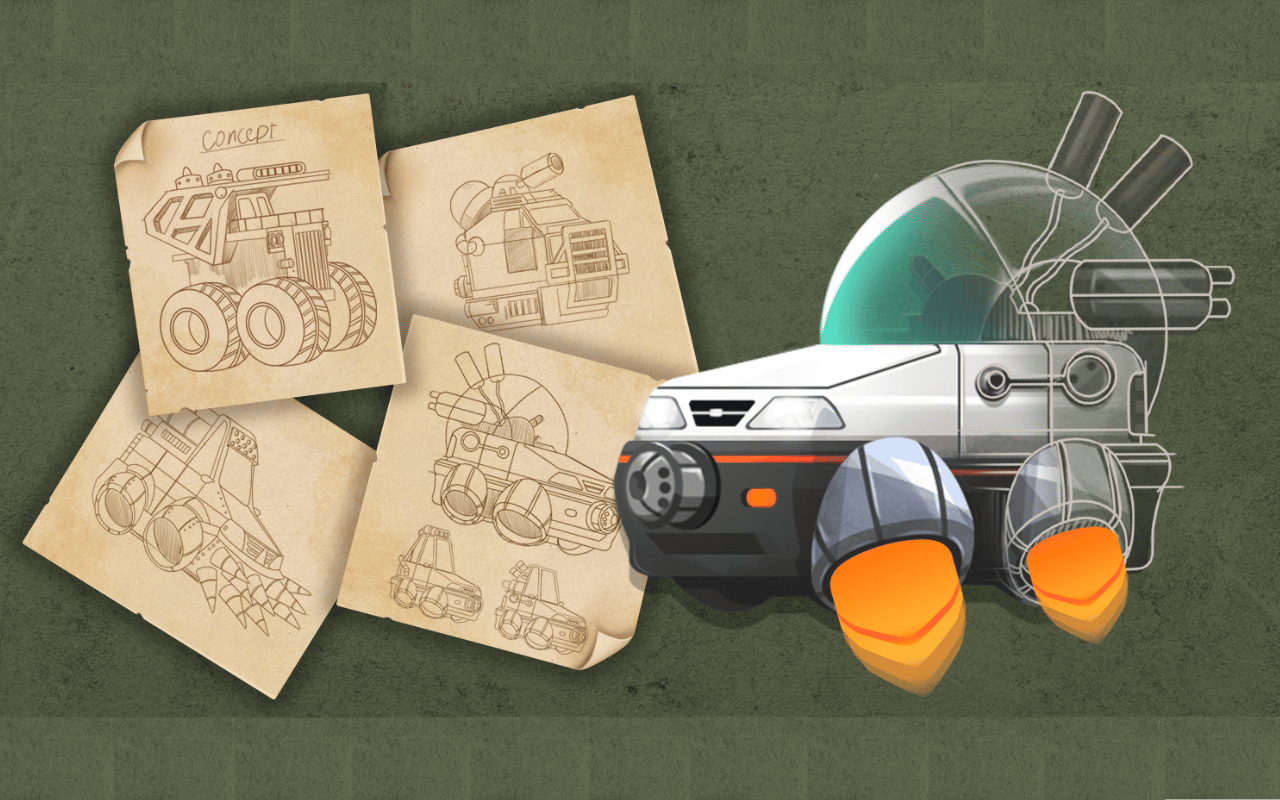
Key Factors That Influence Concept Art Timeline
When estimating timelines for concept art services, there are 8 key factors to consider:
1. Complexity of Concepts
The complexity of the subject matter has a significant influence on time requirements. For example, designing an expansive sci-fi cityscape with flying vehicles, elaborate buildings, and alien characters will naturally take more time than a farm landscape. Intricate mechanical designs, detailed organic models like creatures and plants, and complex perspectives usually increase the time investment needed.
2. Level of Detail
The expected level of completeness and polish for concept art pieces also impacts timelines. A quick sketch to explore an initial idea can sometimes be done in as little as an hour. However, final concept art requiring intricate textures, complex lighting, precise proportions and anatomy, and a high level of detail and realism will take substantially longer. Time must be allocated for planning, sketching, perfecting proportions, adding elements like color and lighting, and refinement.
3. Number of Concepts
The total number of different concepts required is another key consideration. A single character design process takes less time than developing variations on that design or visualizing that character in different poses and angles. Environments also often require concept art from various perspectives. The more discrete concepts required, the more time must be allocated. Creating 3-4 variations of the same design or different angles of the same environment adds up quickly.
4. Revisions and Iterations
Making revisions and refinements is also a natural part of creating concept art. Creators may ask for changes to get the concept just right before full production starts. Even if the initial idea seems solid, subtle anatomy tweaks, color changes, and shifts in proportions may be needed to perfect a concept. Significant revisions can add days or weeks if numerous changes are requested. Keeping revisions minimal streamlines the process.
5. Art Medium
The choice of art medium impacts the timeline as well. Digital mediums like Photoshop or Procreate typically allow for faster output, revisions, and experimentation compared to traditional painting or drawing. However, the advantage depends on the artist’s relative proficiency with different mediums. An artist well-versed in oil painting may work faster in that medium compared to digital.
6. Art Style
The desired art style for the concepts plays a role, too. A highly realistic, detailed art, and unique art style takes more time compared to a stylized, cartoonish art style. Realism requires carefully developing anatomy and proportion, textures, perspective, lighting, and depth. Stylized art can likely be iterated faster due to simpler shapes, forms, and shading. That said, some stylized concepts may still require significant time due to complexity.
7. Artist Experience
An experienced concept artist who has worked in the industry for years will typically work faster than a junior artist. Their efficiency, knowledge, and technical proficiency can greatly speed up the process. They may already have strategies for quick ideation and refinement honed from years of practice. Don’t underestimate the difference experience can make in time requirements.
8. Communication and Clarity
Clear communication and expectations are crucial for an efficient concept art process:
- Project Brief
Providing high-quality reference materials, examples of preferred styles, detailed asset lists, and a strong brief is vital. Arming artists with excellent direction and resources upfront prevents false starts and wasted efforts. Any areas of ambiguity will only extend timelines.
- Ongoing Communication
Ideally, the client has milestone reviews with the artist to mutually assess progress and alignment with the creative direction. Raising concerns early when issues are smaller ultimately saves time rather than waiting.CLIENT notes and feedback should be consolidated to avoid overwhelming the artist with fragmented suggestions.
- Avoiding Scope Creep
Good communication also means avoiding “scope creep” where additional requests keep expanding the original concept assignment without adjusting timelines. Sudden changes late in the process can sabotage budgets and schedules. Planning for reasonable extra time is prudent.
Conclusion
Creating amazing concept art takes considerable time, iteration, and artistic skill. While no two projects are exactly alike, common character concepts may take 20-40 hours and detailed environments 30-50 hours or more depending on complexity. When estimating timelines and costs, factor in the number of concepts, necessary revisions, detail level, communication efficiency, project scope, and artist expertise. Achieving visual excellence takes time. However clear communication, reasonable expectations, and allocating sufficient schedule enable concept artists to bring projects from ideas to fully realized visions effectively. The initial time investment pays immense dividends for the overall creative work.
